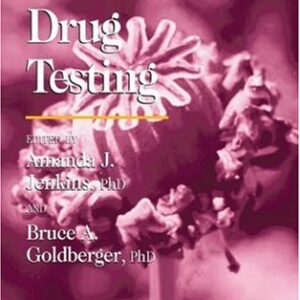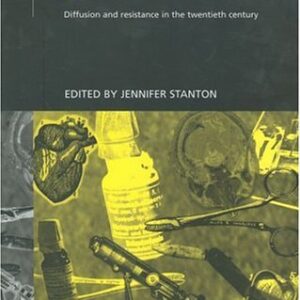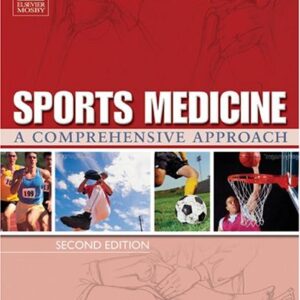Springer, 2013. ? 163 p.Radiation protection is an important task for nuclear medicine departments with regard to the use of radiopharmaceuticals for diagnostic and therapeutic purposes. It is important to make sure that the radiation dose to the patients as well as to staff members is kept as low as reasonable achievable (ALARA). In the last few years, the use of PET substances with higher photon energy than the previously used radionuclides has been more and more common, and the number of PET radionuclides is increasing. There is a sudden appearance of multimodal PET/CT and SPECT/CT scanners. New radiopharmaceuticals for targeted radionuclide therapy are introduced. Radiotracers are more and more used in surgical practices like identification of lymph node involvement in breast cancer and colon cancer, etc. The staff will be exposed to radiation during production, labeling, transport, injection, and when being close to the patients. The increased use of PET-imaging causes a need for new planning of radiation protection and education of all categories of staff members. This was the reason for choosing the topic of radiation protection in nuclear medicine for the second training course organized by the MADEIRA (Minimizing Activities and Doses by Enhancing Image quality in Radiopharmaceutical Administration) project, cofunded by the European Commission through the EURATOM Seventh Framework Programme.
This book is the second book of a series of three corresponding to such training courses. It presents articles related to quantities and units as well as basic radiobiology for radiation protection. There is a special chapter about the radiobiology and dosimetry for the lens of the eye and another one about the protection of embryo and fetuses. As the quality of the equipment influences the image quality as well as the patient dose, there is a specific chapter about QC of gamma cameras and SPECT/CT and PET/CT units. Measurements and calculations of doses are covered and examples of shielding calculations for PET/CT installations are given. Releases to the environment through releases from laboratories as well releases through patient excreta are discussed. Finally there is a chapter on Rules of the thumb for radiation protection in nuclear medicine.
The book is aimed for medical physicists, technicians, physicians in nuclear medicine and radiology, radiochemists, engineers, PhD students, radiation protection experts, and others involved in nuclear medicine, radionuclide production, and radiation protection.






Reviews
There are no reviews yet.